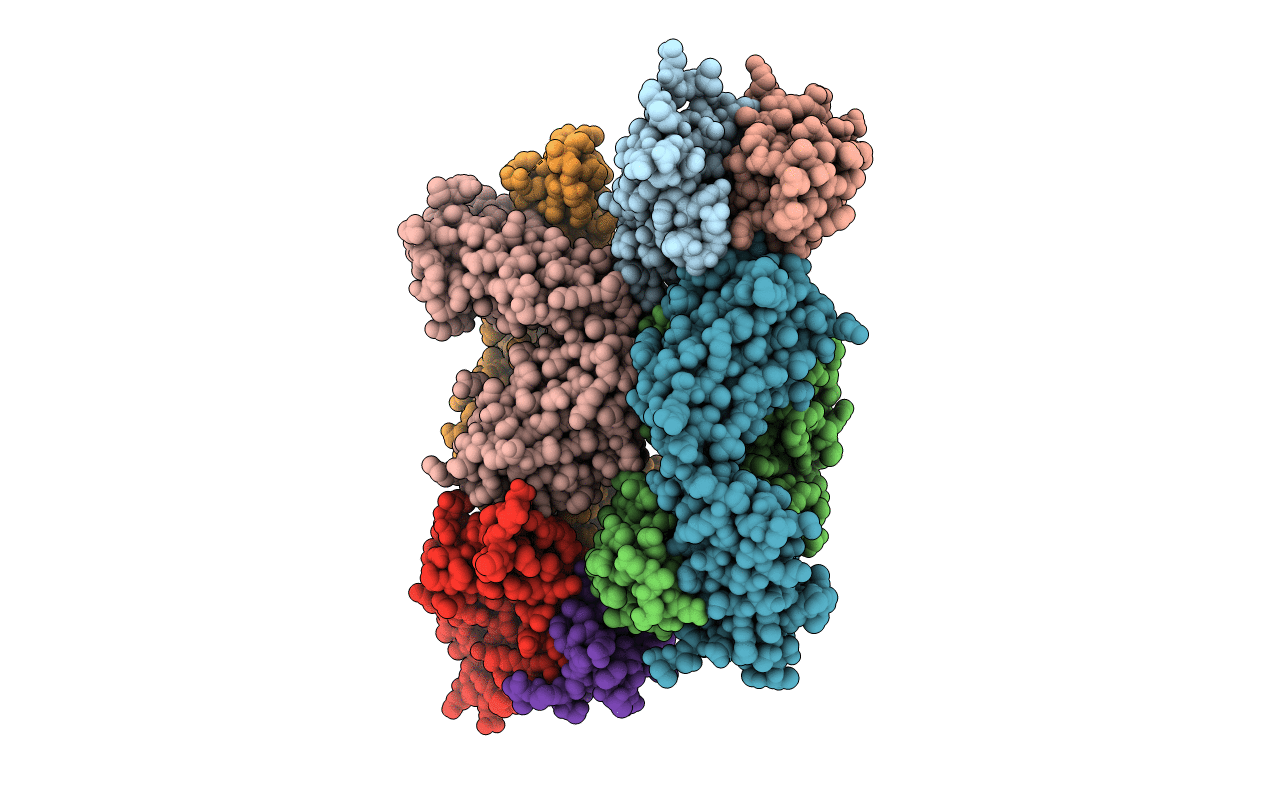
Deposition Date
2019-10-09
Release Date
2020-02-12
Last Version Date
2024-10-16
Entry Detail
PDB ID:
6UMG
Keywords:
Title:
Crystal structure of erenumab Fab bound to the extracellular domain of CGRP receptor
Biological Source:
Source Organism:
Homo sapiens (Taxon ID: 9606)
Host Organism:
Method Details:
Experimental Method:
Resolution:
2.70 Å
R-Value Free:
0.28
R-Value Work:
0.24
R-Value Observed:
0.24
Space Group:
P 1 21 1


